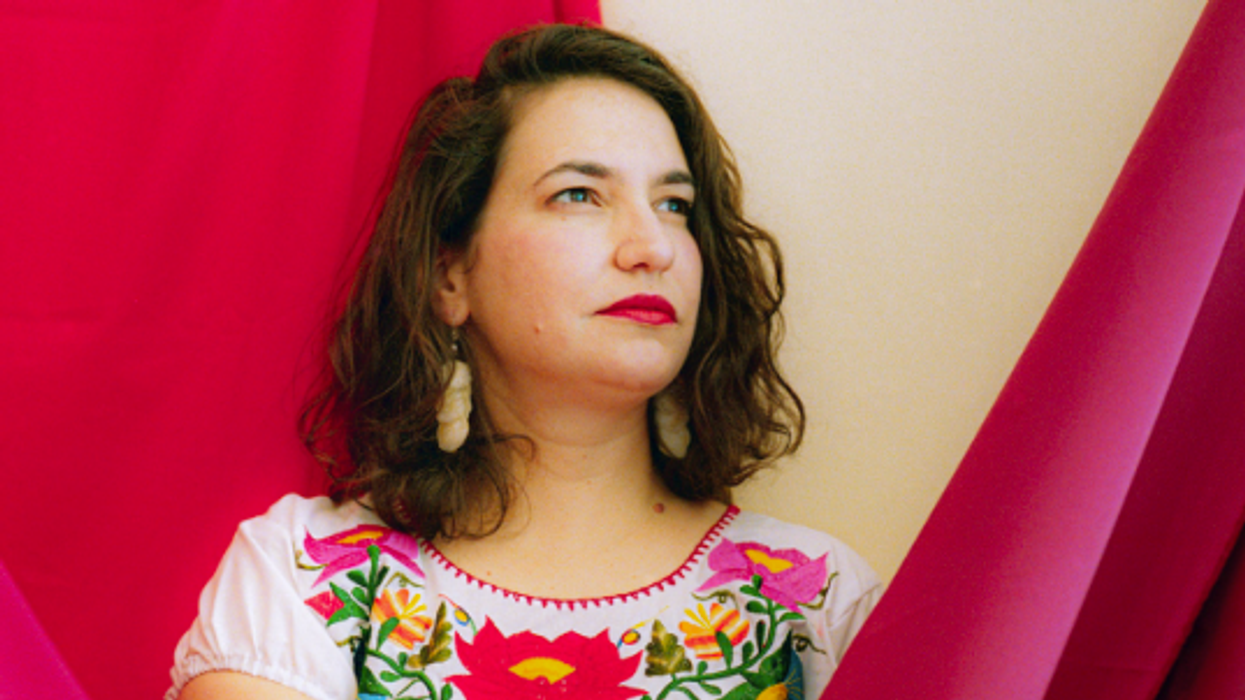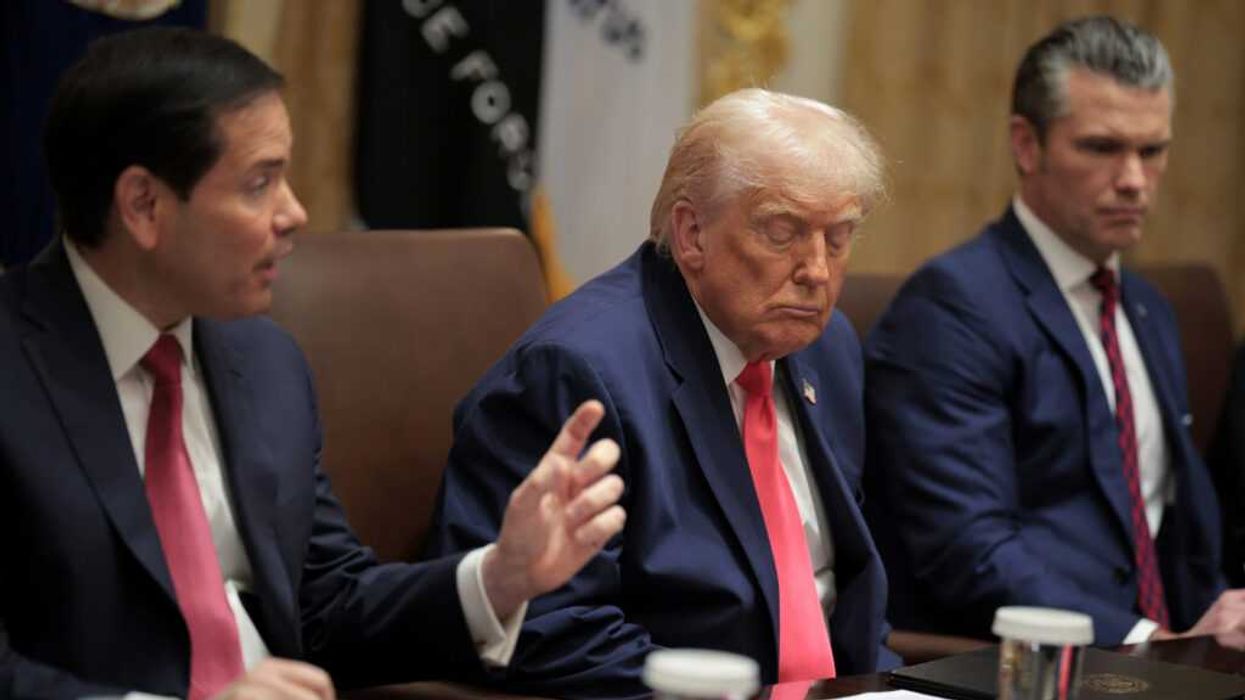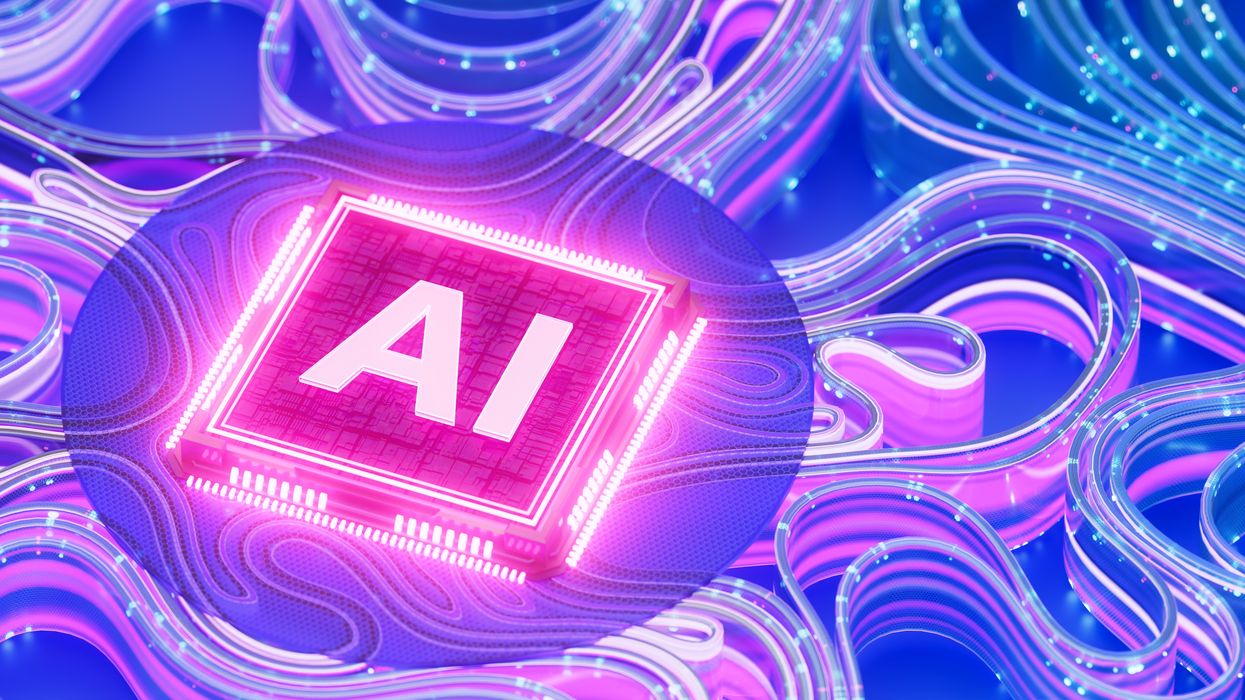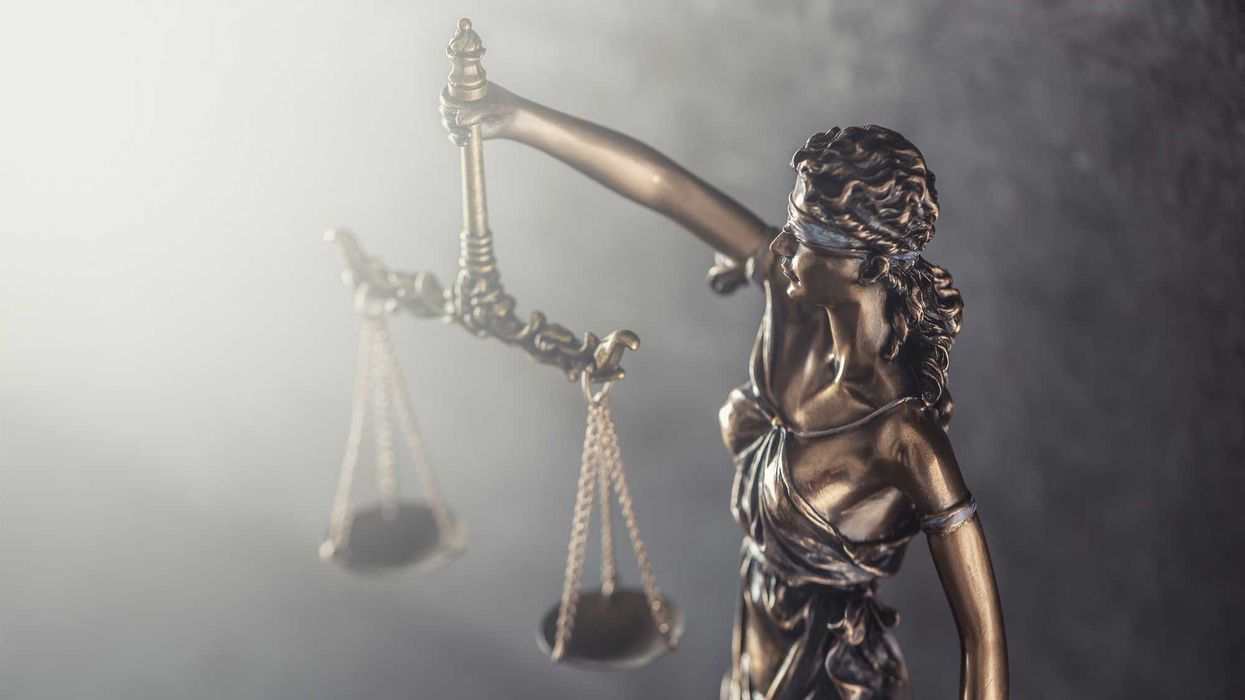The Fulcrum strives to approach news stories with an open mind and skepticism, striving to present our readers with a broad spectrum of viewpoints through diligent research and critical thinking. As best we can, remove personal bias from our reporting and seek a variety of perspectives in both our news gathering and selection of opinion pieces. However, before our readers can analyze varying viewpoints, they must have the facts.
The Supreme Court’s recent decision in Trump v. CASA marks a significant shift in the balance of power between the executive and judicial branches—particularly in how federal courts can respond to presidential actions.
In a 6–3 ruling along ideological lines, the Court held that federal district courts lack the authority to issue universal (or nationwide) injunctions—orders that block a federal policy or executive action from being enforced against anyone beyond the plaintiffs in a given case. Instead, the Court concluded that lower courts may only grant relief sufficient to provide “complete relief” to the parties before them.
What the Ruling Means in Practice
- Individuals or organizations seeking to challenge a presidential order must now sue individually or as part of a certified class action.
- Courts can no longer issue sweeping injunctions that halt a federal policy nationwide while litigation proceeds.
Implications for Presidential Power
The decision effectively narrows one of the judiciary’s most powerful tools for checking executive authority. As a result:
- Presidents may implement contested policies more freely, even while those policies are under legal challenge.
- Legal opposition will likely become more fragmented and slower, requiring coordinated lawsuits across multiple jurisdictions.
- The precedent applies to future administrations as well, regardless of party, potentially expanding the scope of executive action without immediate nationwide judicial constraint.
Impact on Birthright Citizenship
The Court did not address the constitutionality of President Trump’s executive order seeking to end birthright citizenship. That issue remains unresolved and will continue to be litigated in lower courts.
Broader Constitutional Questions
The ruling has sparked debate over the judiciary’s role as a co-equal branch of government. In her dissent, Justice Sonia Sotomayor warned that the decision could allow presidents to enforce potentially unconstitutional policies while legal challenges are still pending, thereby weakening the courts’ ability to provide timely relief.
Context: A Long Arc of Expanding Executive Power
The CASA decision fits within a broader historical trend of increasing presidential authority. However, it stands out as a judicially sanctioned limitation on the courts themselves—altering the structural balance of power.
Era | Key Developments | Impact |
Jacksonian Era (1820s–40s) | Asserted strong executive leadership, vetoed the national bank | Sparked fears of “King Andrew I” authoritarianism |
Lincoln (1860s) | Suspended habeas corpus during the Civil War | Set the precedent for emergency powers |
FDR (1930s–40s) | New Deal programs via executive orders | Expanded federal and executive authority dramatically |
Post-WWII Presidents | Truman entered the Korean War without Congress; Eisenhower used CIA covertly | Cemented the president as a foreign policy leader |
Post-9/11 Era | Bush expanded surveillance and war powers | The Patriot Act and unitary executive theory gained traction |
Trump Era | Frequent use of executive orders, challenged norms | Pushed boundaries on immigration and emergency declarations |
Unlike previous expansions that increased executive tools, the CASA ruling limits the judiciary’s ability to respond—marking a structural shift in the separation of powers.
Implications for Future Litigation Strategies
The decision is prompting a strategic recalibration among civil rights groups, democracy reform advocates, and public interest litigators. Key shifts include:
- A move away from reliance on single-district court rulings to block federal policies nationwide.
- Increased use of class action lawsuits to achieve broader relief, though these efforts are often more complex and time-consuming.
- Greater emphasis on coordinated, multi-jurisdictional legal strategies to build momentum across the courts.
In response, coalitions such as Democracy 2025 are developing legal infrastructure to meet this challenge, including rapid-response teams and pooled legal resources.
Legal scholars and institutions are also weighing in. Just Security, a nonpartisan law and policy forum, has published a detailed analysis outlining alternative legal pathways to achieve broader relief in the post-CASA landscape.
Strategic Takeaway
While the CASA ruling does not expand executive power directly, it reshapes the legal terrain on which executive authority is contested. For those working to uphold democratic accountability, the decision underscores the need for:
- Distributed legal strategies across jurisdictions
- Narrative framing that connects legal challenges to democratic principles
- Collaborative infrastructure that integrates litigation, civic engagement, and public education
As the legal and civic sectors adapt, the ruling may serve as a catalyst for new forms of democratic resilience—rooted not only in the courts but in the broader ecosystem of public accountability.
David Nevins is co-publisher of The Fulcrum and co-founder and board chairman of the Bridge Alliance Education Fund.


















